-
Notifications
You must be signed in to change notification settings - Fork 3
Home
![]()
Have you been drowning in documentation for a project?
- Requirements
- Test Cases
- Reports
- Issues
- Multiple Executions
- Test Coverage
Me too, way too often. That's why I started working on Validation Manager!
There are other options out there, but they either cost an arm and a leg or doesn't cover everything I need under one system.
The application is web based for ease of access. Desktop, phone, etc. it's accessible.
Import requirements and test cases from Excel to make the transition even easier from the paper based one.
Based on selected item and your permissions you are presented with available actions and data views relevant to those permissions. Control what users see and can do within the system.
Create a Project.
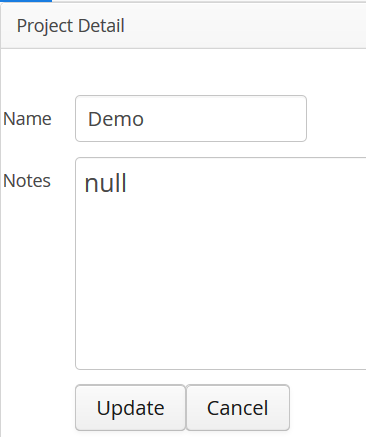
Edit a project and it's attributes.

Add from the following options:

Create various levels of requirement documentation:
- User Need: Higher level of requirements.
- Requirements: Detailed version of the User Needs. Usually the lowest level of requirement for non-software projects.
- System Design: Systems design is the phase where system engineers analyze and understand the business of the proposed system by studying the user requirements document.
- Architecture Design: List of modules, brief functionality of each module, their interface relationships, dependencies, database tables, architecture diagrams, technology details etc.
- Module Design: The designed system is broken up into smaller units or modules and each of them is explained so that the programmer can start coding directly.
Create a Requirement.
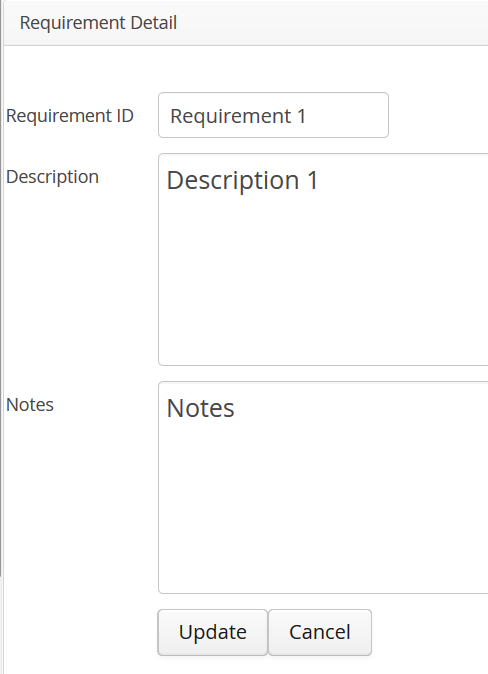
Edit a requirement and it's attributes.

Add from the following options:
- Requirement Node

Items have versions and history including who modified them, when it was modified and for what reasons for a complete audit trail
Once you have requirements in the system, the next phase is testing them. For that create test cases and test plans to carry out the verification and/or validation activities.
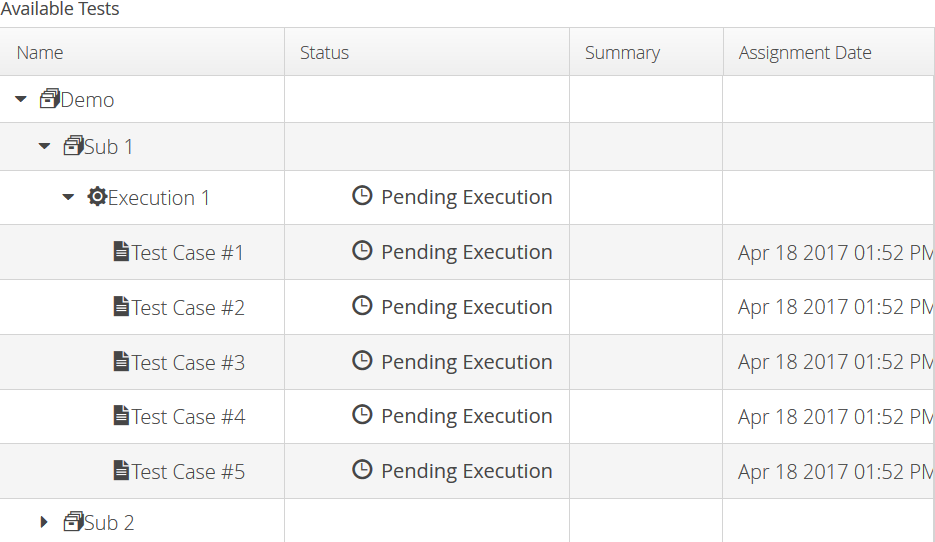

Create a Test Plan with Test Cases to test requirements. Link requirements to specific steps on the Test Cases to start building traceability.
Select all or some Test Cases to meet your scope of testing.
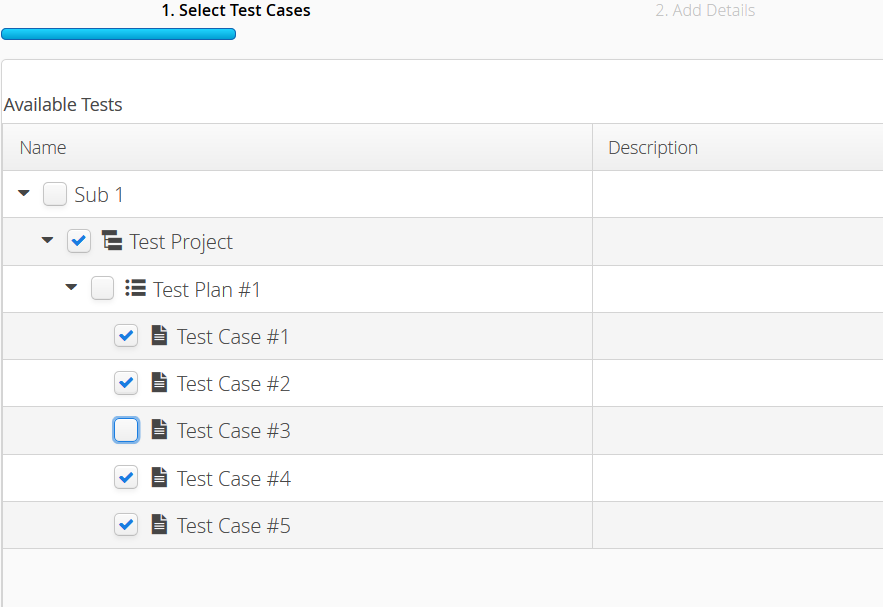
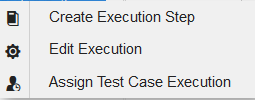
Assign Test Cases to different uses for execution.
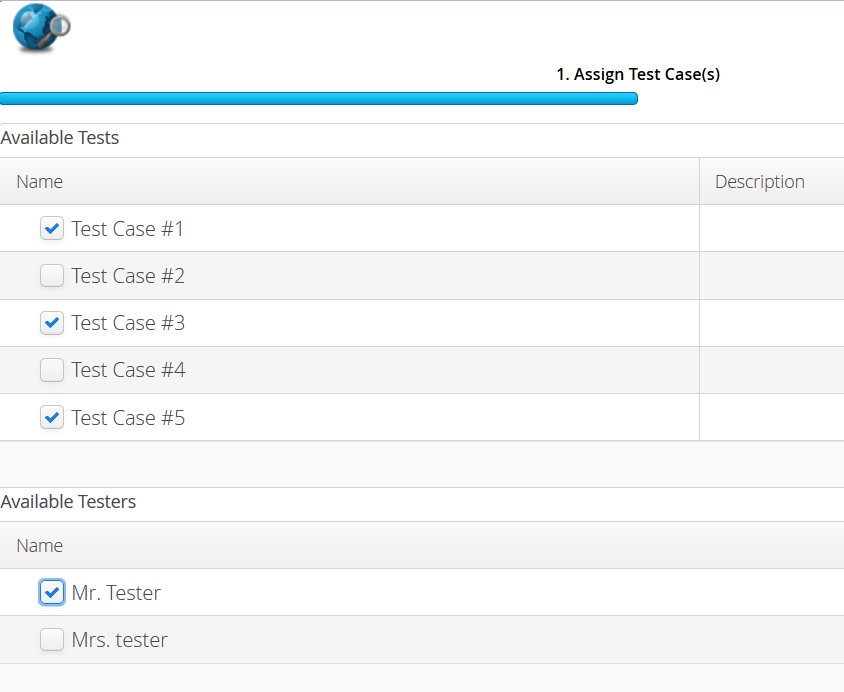
Execute test cases, recording results, adding attachments as supporting data. Everything is electronically signed and execution time recorded for analysis later.
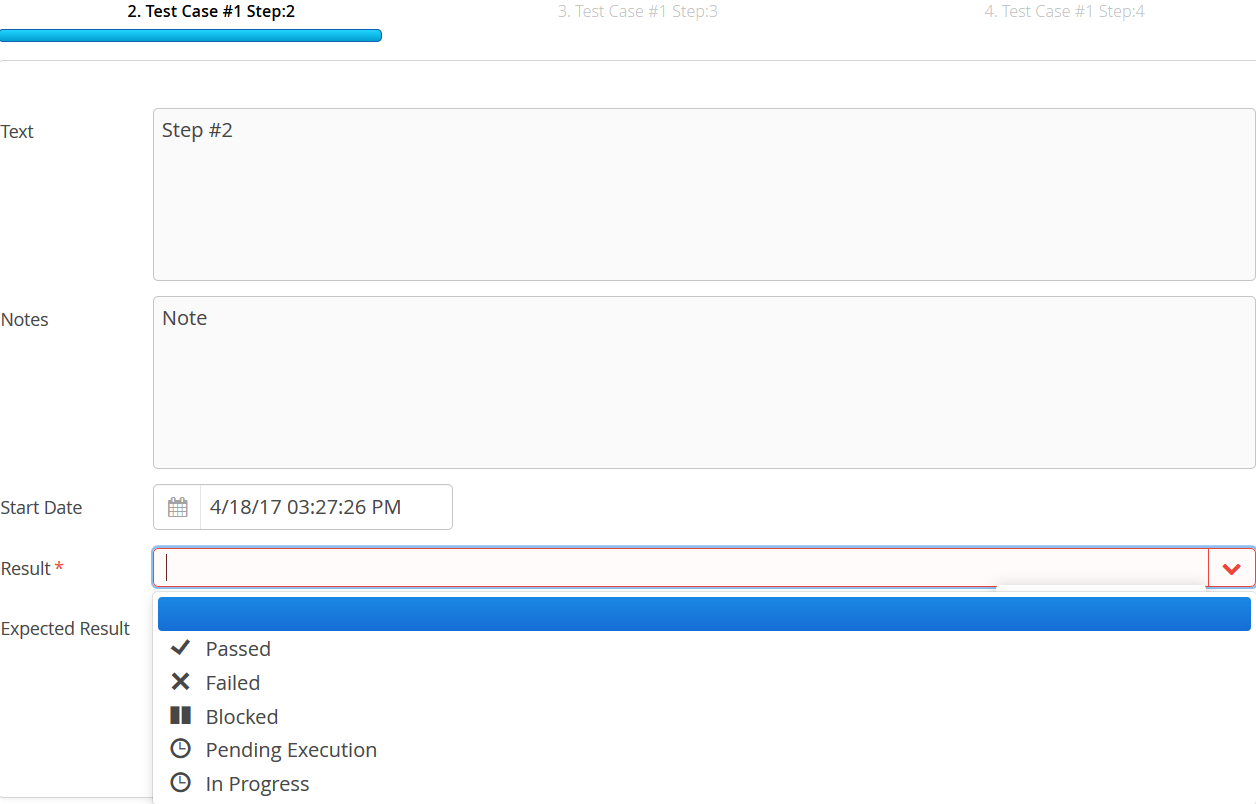
Optionally have a person review the execution.
Trace requirements from the User Needs down to the test cases and specific steps. This allows to provide report details like requirement coverage and requirement change impact scope among others. Right there at your finger tips.
Give permissions to groups or individuals. From creating content, to executing test cases, to only viewing. You decide who sees what, globally or in a per project basis!
This are Work in Progress features and don't reflect the current releases. This feature set is evolving in our way to version 1.0.0.
Until then, the database is in continuous change as features are implemented/added. We'll make sure that database can be upgraded from release to release, but at this point won't suggest using the application on production environment.
That said the product is not recommended for production environments at this point but user testing is encouraged.